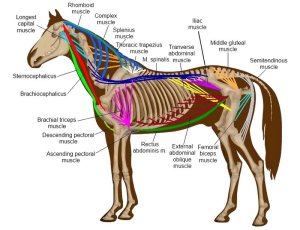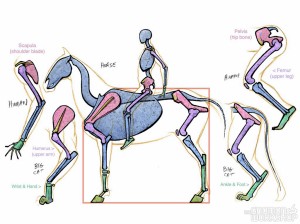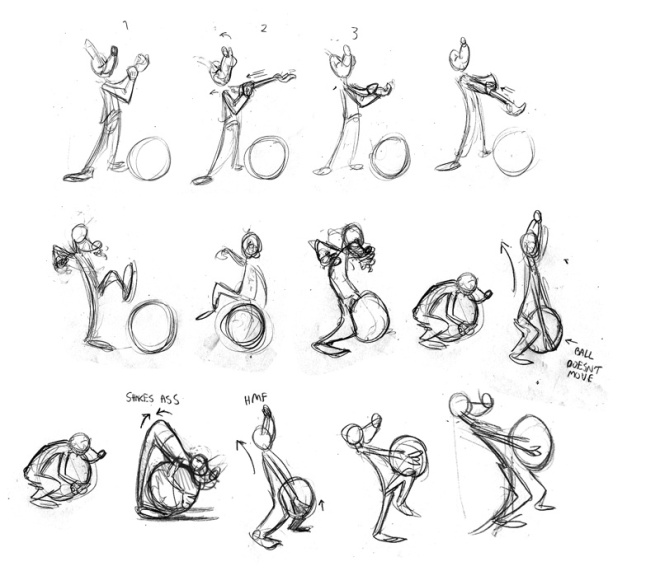“What are some approaches to planning animation? Do you need to be good at drawing? Find some examples of thumbnail sketches.”
Research:
A major aspect of animation is creating the illusion of movement. It thus makes sense that in order to effectively create this illusion in one’s own, it’s vital to research the mechanics of how people, creatures and objects move in the real world. In many instances this will mean studying topics such as anatomy, muscle movement and the physics behind motion.
Video Reference:
One of the simplest ways to plan an animation is to study reference videos, as this gives a good indication of the movement and timing that will need to be replicated. In character animation, filming an actor performing the required actions is one of the most effective steps of planning. Other times, searching reference videos online helps you to analyse the movement of things that are dangerous or otherwise relatively inaccessible, such as the way a club hits a golf ball or how a car explodes. In these instances, it can be highly beneficial to use slow motion videos as reference as this ensures that you can see all of the minor details involved in the action.
Character reference
Car Explosion
Thumbnail Sketches:
Thumbnails are often produced while analysing video references to capture the important frames that will be transferred into the animation. They will usually consist of a quick sketch from an orthogonal angle that effectively captures the steps in an action. These will often be accompanied by the relevant frame number from any video reference used to produce the thumbnails. It should be noted that while thumbnail sketches are not always necessary, they can play a large role in helping animators understand exactly what is moving in an action and how it is doing so. While having a high level of drawing skill is not vital in animation such as 3D, being able to produce efficient basic thumbnails is highly valued.
Storyboard & Animatic:
One step further than thumbnails is the use of a storyboard or animatic. Storyboards are excellent for planning the key frames in an animation, as well as showing the visual composition of those frames. Animatics, however, tend to be more useful, as they are essentially animated storyboards that helps also help to express timing in shots and scenes.
Storyboard
Animatic
Reference:
Bayram Kurt (2014, November 28). keyframe animation video reference [Video File]. Retrieved from https://www.youtube.com/watch?v=50iirLHXX54
Goofy Thumbnails [Image]. (2007). Retrieved from http://s7.zetaboards.com/Brackenwood/topic/436179/11/
Horse Body Sections [Image]. (2012). Retrieved from http://konikfryzyjski.deviantart.com/art/Horse-anatomy-in-figures-325864318
Horse Bone Sections [Image]. (n.d.). Retrieved from http://www.thegnomonworkshop.com/store/product/867/Introduction-to-Animal-Anatomy#.ViSUKMaqpBc
Horse Skeleton [Image]. (n.d.) .Retrieved from http://www.holistic-hoof-and-horsecare.com/horse-muscles.html
StevenUniverseWiki. (2015, February 14). Steven Universe – Theme Song Animatic [Video File]. Retrieved from https://www.youtube.com/watch?v=3ck3X9Fnmfc
The Slow Mo Guys (2013, September 16).Slow Mo Car Explosion – The Slow Mo Guys [Video File] Retrieved from https://www.youtube.com/watch?v=ZVNZqL642fY
UP Storyboards [Image]. (2009, May 29). Retrieved from http://www.theanimationblog.com/2009/05/11/up-storyboards/





Great post. It was interesting that you put storyboards and animatics after reference and thumbnails. In fact, an animator will have the storyboards/animatic, and even a 3D layout of the scene, before they start animating. It’s from those, and additional direction, that they go off and find reference and produce thumbnails sketches for their animation.
LikeLike